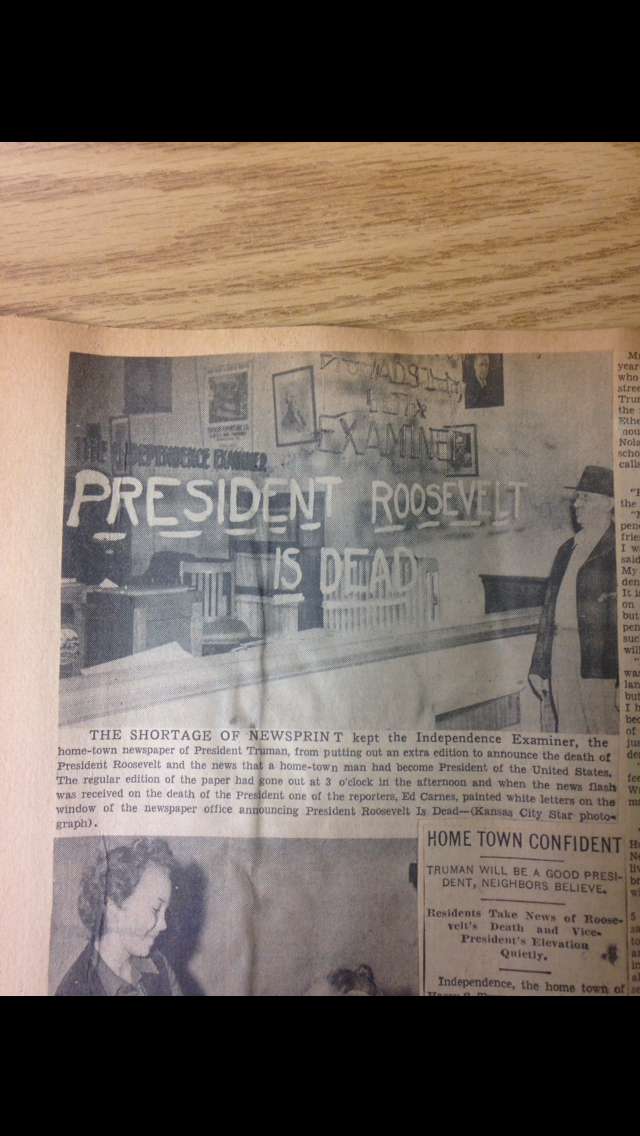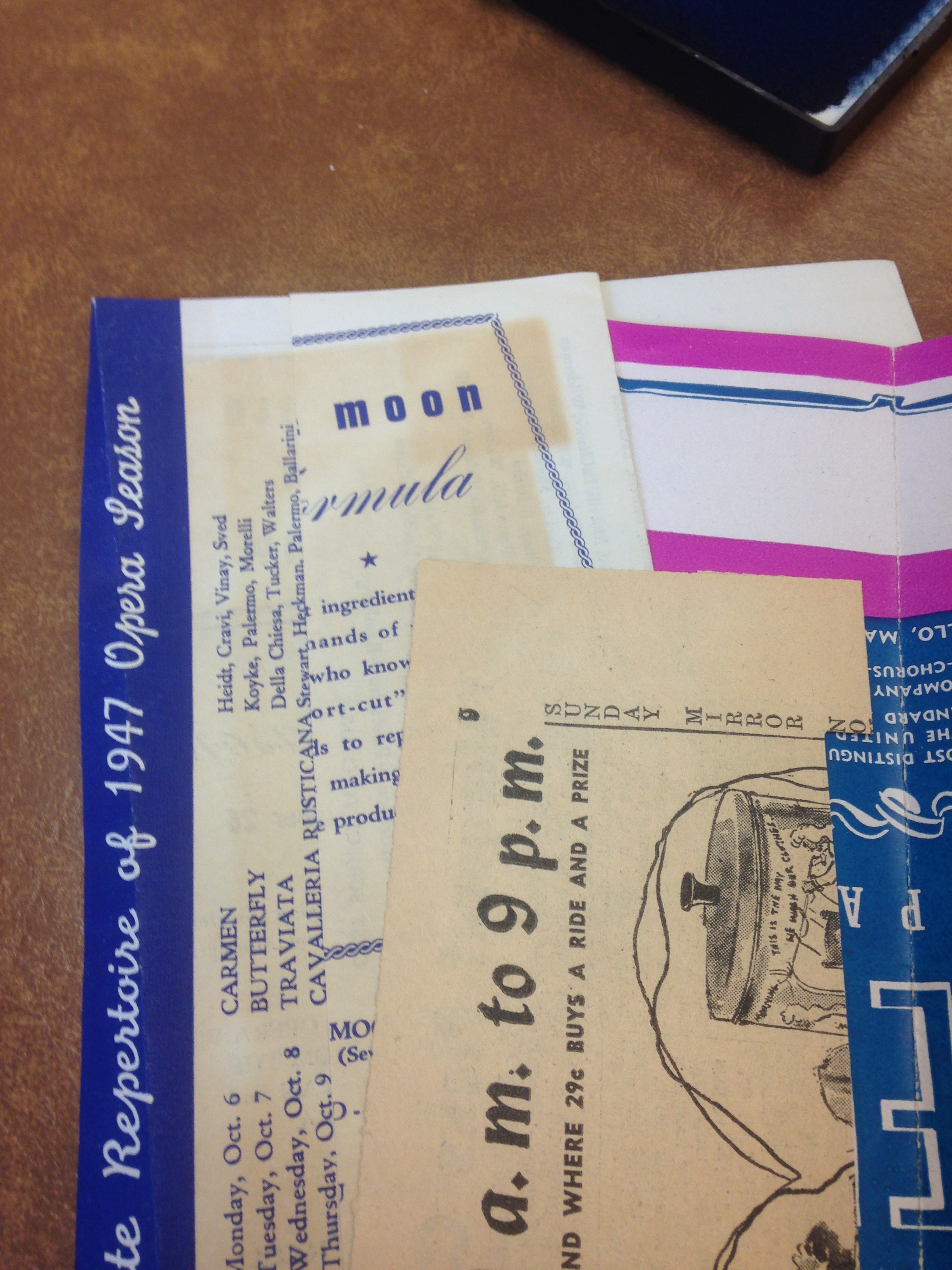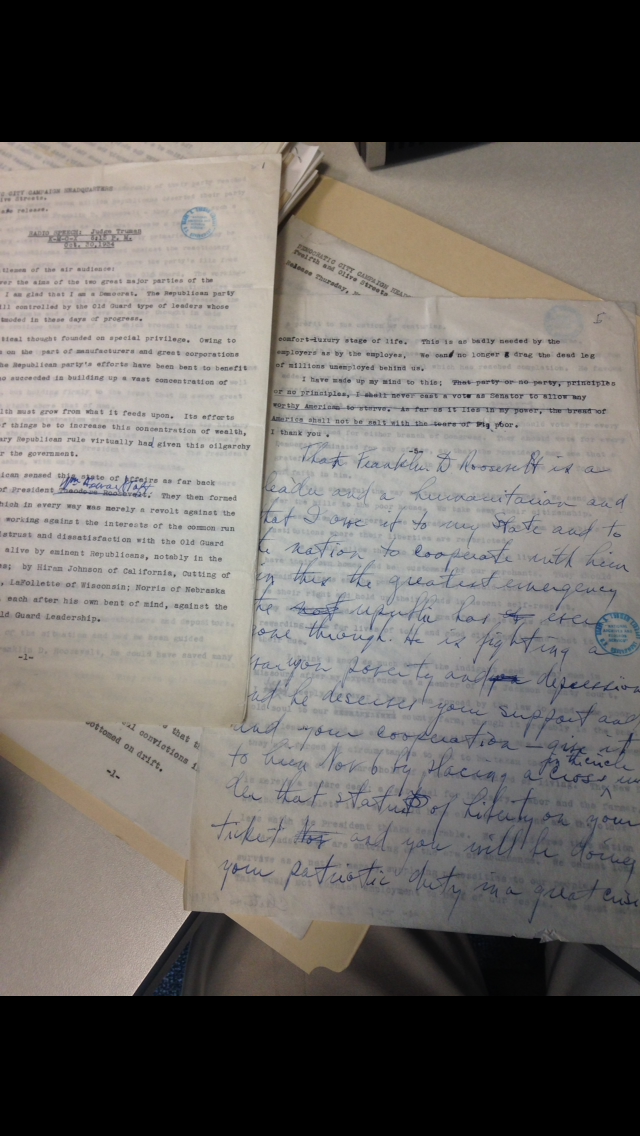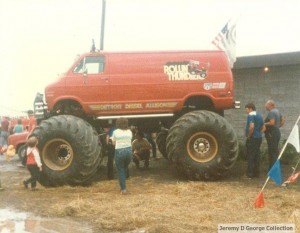By Chad King
The Truman Library acquires many of their documents and artifacts as gifts from individuals and organizations. Some donations have come in the form of scrapbooks that admirers of President Truman kept over the years. I have been assigned to preserve their contents and make them a part of the Truman Scrapbook collection. Newspaper clippings make up a large portion of all of the scrapbooks I have worked with so far. While newspaper articles are widely available, the scrapbooks can tell an unintended story to a researcher that goes well past its contents. For example: One scrapbook contained clippings reporting on the death of Franklin Roosevelt and articles retrospectively questioning his health. This could lead one to assume that the creator of this scrapbook was equally suspicious of FDR’s health leading up until his death. Due to their corrosive nature of newspaper, and its wide availability (microfilm, etc.), I had each clipping scanned for preservation, and if the clip wasn’t acid free I had to be disposed. If this isn’t done, it could risk damaging other items as seen below.





 Collections Intern
Collections Intern